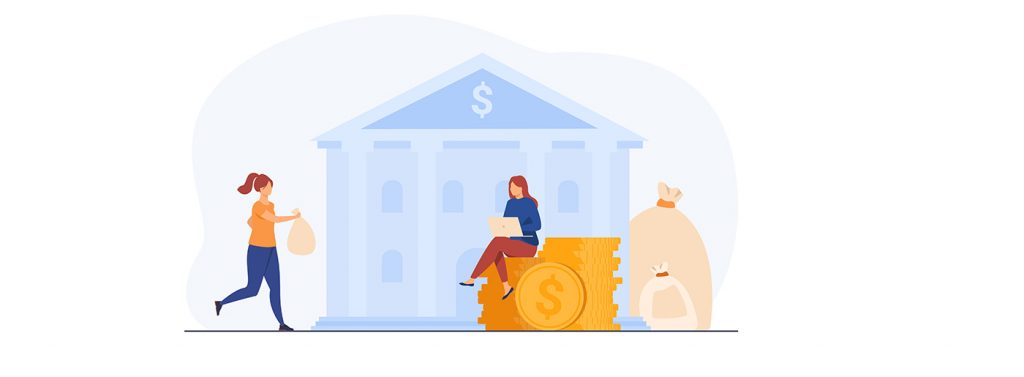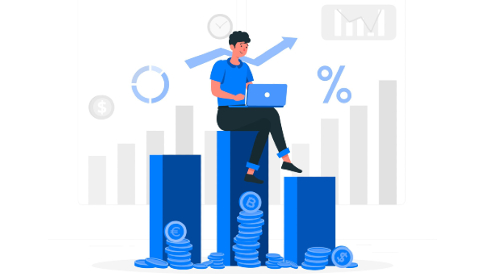eClosing Explained: How To Close Virtually
The mortgage industry is vital in the financial world, providing home mortgage loans for purchasing or refinancing properties. If not for a well-established credit system, many common people will find it difficult to buy or build their dream house, where they hope to raise a family and finally retire during their old age. Like many other industries, the COVID-19 pandemic has impacted the mortgage industry, leading to new regulations to cope with the disruptions in lending. One significant change we have observed is that consumer expectations from the industry are evolving.
The mortgage industry needs to enhance customer experience and engagement to meet these new expectations. Technological tools such as chatbots, electronic closing, and back-office automation can significantly improve the efficiency and speed of mortgage processing. However, the human touch is still necessary for this complex business sector.
Therefore, the mortgage industry needs to find a balance between technology and human intervention. While technology can simplify and streamline the lending process, the industry must ensure that customer needs are met and their queries and concerns are addressed. A personalized and empathetic approach to customer service can significantly enhance the customer’s experience and increase their loyalty to the lender.
eClosing Aids To Tide Over Mortgage Industry Challenges
Mortgage lenders and organizations face various challenges in their operations. One such challenge is the need for workforce flexibility. The demand for a workforce varies throughout the year, and maintaining a large resource pool for the full year can be costly. Mortgage providers need to develop a cost-effective and scalable team to meet the market’s changing demands.
The need to reduce the turnaround time for loan applications is critical in a world where automation is catching up in all facets of life and consumers are aware of the availability of technology which competing lenders are. Consumers expect fast and accurate loan processing, which significantly sets mortgage providers apart from their competitors. Therefore, mortgage lenders need to improve their loan processing speed without sacrificing accuracy. 
In addition to these challenges, many lenders struggle with pre-underwriting efficiency. Some mortgage functions, such as loan document indexing and preparation of initial disclosures, need to be standardized to reduce the time taken to complete them. This allows underwriters to focus on the approval decision process, which is crucial for loan closure.
One solution to these problems is the adoption of eClosing technology. eClosing technology allows for digital and remote loan closings, reducing the time and resources required for loan processing. eClosing can also help improve pre-underwriting efficiency by automating routine tasks and streamlining the loan processing workflow.
eClosing technology can also facilitate a faster turnaround time for loan applications, enabling remote signing and eliminating the need for in-person closings. eClosing technology can help mortgage providers achieve workforce flexibility by allowing for remote teams and reducing the need for on-site staff.
Benefits of eClosing Platforms
eClosing platforms are a type of technology that enables digital and remote loan closings. These platforms offer several benefits to lenders, borrowers, and other stakeholders involved in the mortgage process. Here are eight benefits of eClosing platforms and the technology that makes them possible.

Faster Loan Processing
The automated software uses digital signatures and remote notarization to speed up the loan processing time. This technology eliminates the need for in-person closings, reducing the time and resources required for loan processing.
Improved Efficiency
eClosing platforms automate many routine tasks, such as document indexing and verification, freeing up underwriters’ time to focus on more complex tasks. This automation leads to improved efficiency and accuracy in the loan processing workflow.
Enhanced Security
Digital tools use advanced encryption technology to ensure the security of loan data and protect against fraud. This technology verifies the identity of all parties involved in the transaction and maintains a digital trail of all activities.
Greater Convenience
The software enables remote closings, which offer greater convenience to borrowers who can sign documents from the comfort of their homes or offices. This technology also eliminates the need for borrowers to take time off work to attend an in-person closing.
Better Compliance
It automates many compliance tasks, such as verifying borrower identity, recording electronic signatures, and maintaining an audit trail. This technology ensures that lenders remain compliant with all applicable laws and regulations.
Reduced Errors
Machine learning and artificial intelligence enable us to automate many routine tasks, reducing the risk of human error. This technology also ensures that all documents are complete and accurate before closing, reducing the risk of errors and delays.
Lower Costs
Digitization reduces the need for paper documents, storage, and courier services. This technology also eliminates the need for in-person closings, reducing travel expenses and other associated costs.
Improved Customer Experience
eClosing platforms offer borrowers a faster, more efficient, and more convenient loan closing process. This technology also provides greater transparency, allowing borrowers to track the progress of their loan applications and understand the steps involved in the loan process.
Conclusion
The credit market is a critical component of the financial system that has both social and economic parlance in a community. An example can be sought from the financial apocalypse of 2008, where the subprime mortgage impacted the banking system, businesses, and the common public, who suffered the brunt of the credit risk, which could have been mitigated.
To save the people who trust in the banking system and the sovereign of a country to protect their wealth from eroding, the credit system has to be checked and built as a robust one with periodical technical upgradation. This is possible when the digital loan origination cycle involves all the necessary automation tools that will reduce the time taken to process a loan without adding on the risks of oversight or non-compliance with regulatory requirements designed to keep rogue lending in check. If mortgage lenders have not automated their process, it is high time they pull up their sleeves and make it happen.




Leave a Reply